10F, Building B, Erqi Center, Erqi District,
Zhengzhou City,
Henan Province, China
Wit:+86 15138685087
(WhatsApp/Wechat)

10F, Building B, Erqi Center, Erqi District,
Zhengzhou City,
Henan Province, China
Wit:+86 15138685087
(WhatsApp/Wechat)
Last year, the foreign trade throughput of coastal ports across the country reached 4.96 billion tons, a year-on-year increase of 9.6% – China’s foreign trade shipping volume accounts for more than 30% of the world.
Shipping is the lifeline of global trade in goods. At the 2024 Maritime Silk Road Port Cooperation Forum (hereinafter referred to as the “Maritime Silk Road Forum”) held in Ningbo, Zhejiang from June 26 to 28, the “China Port Operation Analysis Report (2024)” released by the Planning and Research Institute of the Ministry of Transport showed that China’s foreign trade shipping volume accounted for 30.1% of the global shipping volume in 2023, an increase of 2.2 percentage points from the previous year, highlighting China’s status as a major foreign trade country.
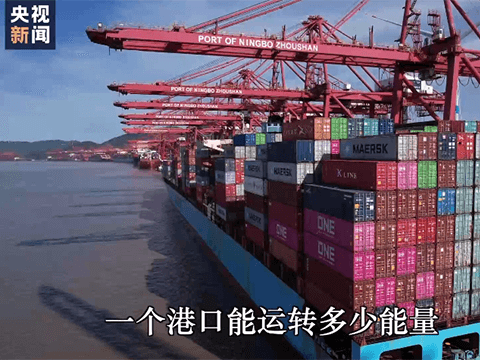
Zhongshan port is also clogged
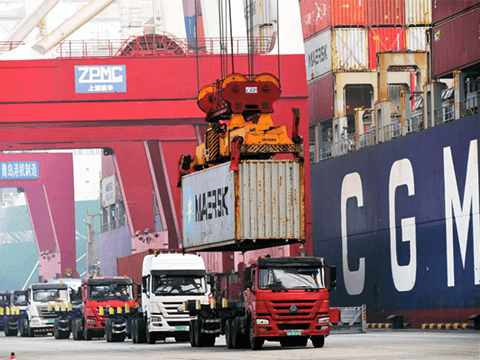
automated track
-Containers, coal, metal ores, mining and construction materials, and petroleum and products are the five major cargo categories of China’s coastal ports, among which the proportion of containers has increased year by year
On the morning of June 29, the “Xinmingzhou 106” ship, fully loaded with photovoltaic products, automobiles, home appliances, textiles and other goods, slowly left berth No. 2 of the container terminal in Meishan Port Area of Ningbo Zhoushan Port and headed for Jebel Ali Port in Dubai, UAE. This voyage takes only 15 days one way, does not call at any port in the middle, and has sufficient supply of containers and space. Once the route was released, it attracted widespread attention in the industry.
Globally, more than 80% of international trade is achieved through maritime transport, and maritime transport is the “artery” of China’s foreign trade. The “China Port Operation Analysis Report (2024)” (hereinafter referred to as the “Report”) shows that in 2023, driven by factors such as the recovery of foreign trade demand and the reshaping of the global trade system, China’s foreign trade shipping scale will grow rapidly, and the foreign trade throughput of coastal ports across the country will reach 4.96 billion tons, a year-on-year increase of 9.6%.
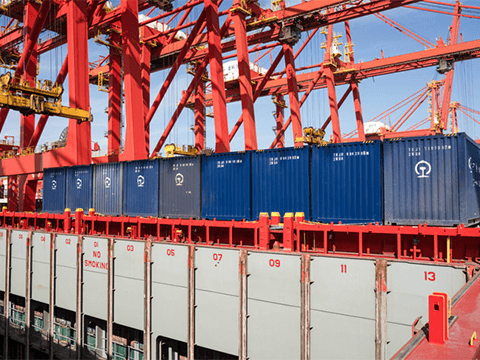
Efficiency Improvement
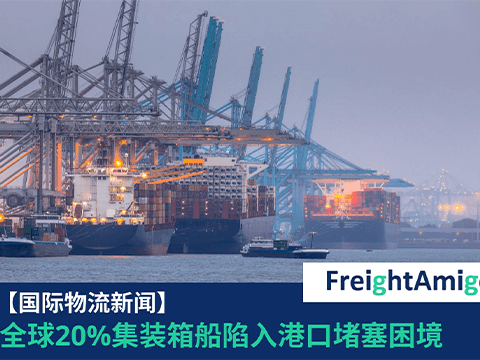
Global container blockage
Cargo is the blood flowing in the “artery”. In terms of cargo types, containers, coal, metal ores, mining and construction materials, and petroleum and products are the five major cargo categories of China’s coastal ports. In 2023, the throughput of the above cargoes accounted for 84% of the total throughput of coastal ports. Among them, the throughput of imported coal and imported crude oil increased rapidly, and the throughput of imported iron ore remained high.
While the scale is growing rapidly, the structure of foreign trade shipping is also constantly optimizing.
Structural optimization is reflected in the continuous increase in the throughput of bulk energy and raw materials. Driven by factors such as the recovery of demand in the domestic petrochemical industry and the rapid growth of crude oil processing, the import volume of foreign trade crude oil in China’s coastal ports has increased significantly year-on-year. The report shows that the volume of crude oil entering the port for foreign trade in 2023 increased by 13% year-on-year, setting a new record. In addition, the loading and unloading volume of imported ore for foreign trade in coastal ports across the country increased by 5% year-on-year in 2023.
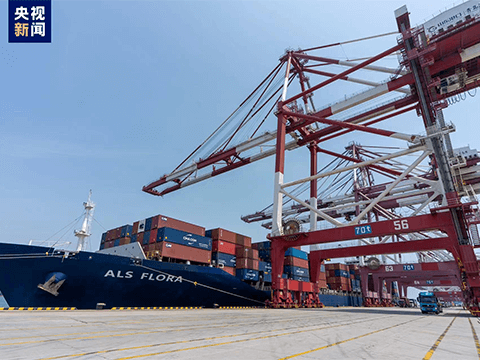
Phase III automation project
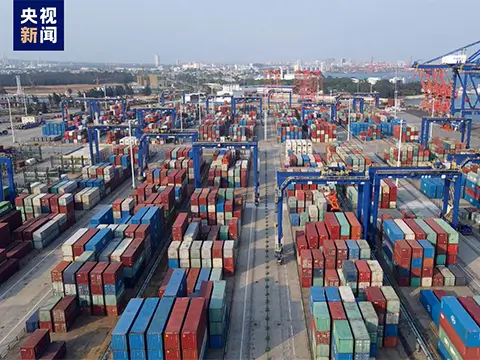
Port Newscast
The loading and unloading capacity of coastal ports has also been improved simultaneously. Yingkou Port, located in the central part of the Liaodong Peninsula, has currently built 56 berths of 10,000 tons or more, including one 300,000-ton ore berth and one 300,000-ton crude oil berth. Not long ago, three berths in the Xianrendao Port area of Yingkou Port successfully passed the formal acceptance, bringing the number of berths open to the outside world at Yingkou Port to 66, and realizing that all built berths should be opened as much as possible.
Structural optimization is also reflected in the increase in the proportion of container shipping volume. In 2023, the proportion of container shipping volume in China’s foreign trade shipping volume reached 23.3%, an increase of 0.2 percentage points from the previous year, maintaining a year-on-year growth trend. Yiwu small commodities, European Cup peripherals, new energy vehicles… Today, in major coastal ports in China, with the continuous upgrading of port customs clearance services, it is increasingly convenient for containers to “go out to sea”.
At Yiwu Port in Zhejiang, Yiwu Customs has opened a special window for the European Football Championship, and the customs clearance process has achieved “one-click declaration”. More than 99% of market-purchased export goods have achieved “instant release” through computer review; the intelligent equipment arranged at Yiwu West Railway Station has realized the automatic entry of containers and inspection without unpacking. At Ningbo Zhoushan Port, Ningbo Customs uses blockchain technology for evidence storage and traceability, improves the efficiency of customs clearance of bulk goods, and increases the efficiency of container shipping of new energy vehicles from 180 vehicles/day to more than 1,000 vehicles/day.
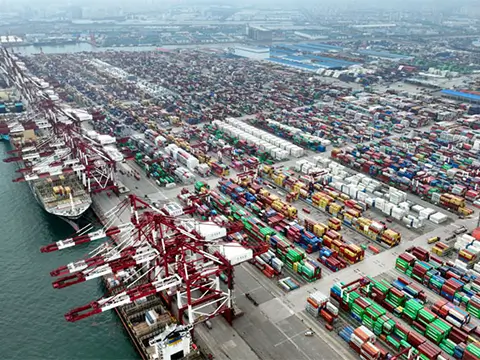
Qingdao port
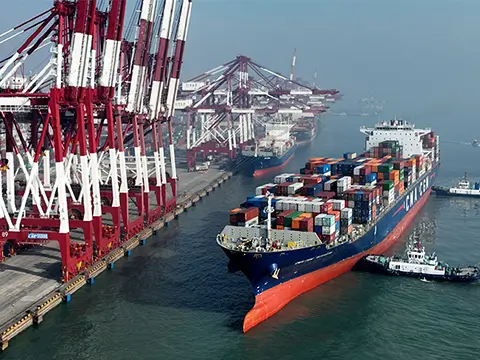
Ship ready to berth
——There are 23 coastal ports in China with a cargo throughput of more than 200 million tons, and the coastal port waterways have achieved “one map coverage”, and coastal water safety communications have achieved “one network connection”
If shipping is the “artery” of China’s foreign trade, then ports are important organs connecting arteries.
At Rizhao Port in Shandong, the railway stretches westward, enters Kazakhstan through Xinjiang Alashankou, and reaches Rotterdam Port in the Netherlands via Russia, Belarus, Poland, and Germany, covering a total distance of tens of thousands of kilometers… Not long ago, Rizhao Port was approved to start international multimodal transit cargo transportation business. This means that goods shipped from all over the world to Rizhao Port by sea can be directly shipped to Mongolia, Russia, North Korea, Vietnam and Central Asian countries via Rizhao Port by rail. At present, Rizhao Port has become an important node of the New Eurasian Continental Bridge Economic Corridor of the “Belt and Road” Initiative, the world’s youngest 500 million ton port, and its cargo throughput ranks seventh among coastal ports in the world.
At the same time, China has also built a coastal Beidou ground-based augmentation system consisting of 23 Beidou differential stations and 75 Beidou continuously operating base stations, providing centimeter-level high-precision navigation and positioning services; built a maritime safety communication network, as a component of the global maritime distress and safety system, to provide maritime distress safety communication services; actively promoted 4G/5G construction and satellite communication applications, and continuously improved satellite broadband data communication capabilities.
“China has built the world’s largest navigation support system, realizing the ‘one map coverage’ of coastal ports and waterways, and the ‘one network connection’ of coastal water safety communications.” said Fu Xuyin, Vice Minister of the Ministry of Transport.





